Think formless, floating shapes and strictly sustainable unisex power-dressing… — the characteristic lines fuelling Obra Gris’ seasonless staples, designed to unite all your urban necessities. Hanna-Amanda dialogues with Oscar Ruiz-Schmidt, Creative Director of the Costa Rican fashion house, about his vision on zero-waste principles du jour.
You state that your brand is about an 'ABC of seasonless clothing'. What makes a piece of clothing seasonless?
We started referring to our collection as an ABC because we are developing pieces you are able to wear permanently, despite the season. In fact, we want the consumers to treat them like an alphabet of choices. Many of these pieces are transformable and they can be worn in at least 3 ways (some in even 12!), allowing the customer to adjust to changing temperatures or moods on the go. Most of our pieces are one-size-fits-all. Some of them are unisex and some are particularly zero-waste designs.
What are your design principles? Does more effort go into the research process or the actual making of clothes?
I did my masters at Kunsthochschule Weißensee in Berlin and my theory research was completed on the topic of Open Source in Fashion Design (— Oscar presents me with a 63-page research paper on How Open Source Has Influenced Fashion Design, discussing the role of Internet among other influences of the design movement). A lot of my principles derive from the Slow Fashion Movement and I use zero waste design cutting techniques as much as possible. I also design multiple wearing opportunities into my “liveable structures” to encourage user input. Whenever a new piece comes out of the studio, we have friends wearing it around to ‘test drive’ the piece first, and then we use their input to fix things and come up with a second or third prototype. This process takes time until the piece is ready to become a part of our alphabet.
“I think about structure and geometry — I like big shapes and then something small to look at from very up close with a hint of colour, sometimes applied ironically.”
How have different places in the world, such as San José or Berlin, influenced your various collections?
When I lived in Berlin, I used to hate looking at people’s posts from back home on Facebook in January. There could be a 55º C difference at a point. I grew up in Liberia, a city in the North [of Costa Rica], twenty minutes away from the beach. I remember sitting in math class at 2pm literally melting in my clothes. It was summer all year around. Then in Berlin I got accustomed to life with all four seasons and realised what it feels like to constantly think about survival skills and think of clothing serving as a meeting point between the outside world and the body. I became obsessed with grey. Obra Gris became that, those ideas turning into objects. However, working back home has changed things again and colour has made a comeback, although we always have grey in the collections. I think about structure and geometry — I like big shapes and then something small to look at from very up close with a hint of colour, sometimes applied ironically.
Tell me about the thought process behind creating a collection. What's the most out-of-the-box idea you’ve come up with?
It’s very responsive really. There are always many ideas from different realms intertwined. Our debut collection was triggered by the San Juan River conflict between Costa Rica and Nicaragua. There was an argument about whom this river belonged to [as water belongs to anyone]. The last two collections were called ‘Anagram’ and ‘Multiple of Five’. We always think about shape, purpose, wearability, and construction first, and then a story develops parallel to that and informs the rest of decisions, such as make-up, casting and soundtrack.
“Our debut collection was triggered by the San Juan River conflict between Costa Rica and Nicaragua. There was an argument about whom this river belonged to [as if water belongs to anyone].”
In what ways are fashion and other sociocultural concerns linked in your collections? For example, in your latest collection.
[I find that] consumption should constantly be addressed. Fashion contributes to hoarding, for sure. People go out and buy more and more stuff they don’t need. Our pieces are meant to be kept around. This goes back to our ABC philosophy — we want our clients to be able to mix things between collections and come up with their own alphabet of Obra Gris. We really want to challenge consumption in that way. In our last collection we weren’t trying to bring up social issues that much, but the new one is about water running out. It will be post-apocalyptic.
Where do you see the importance of ‘slow fashion’ stand today?
It means things can be done differently. It means being able to run a small atelier and cater for a clientele whose idea of luxury is to have something custom-made especially for them. It means believing that true craftsmanship can live on and be appreciated. There are also many challenges associated with slow fashion, such as production scaling, optimising costs, competing against giants with many more resources. It’s a struggle to prove our point but we are determined to take action, and keep working towards the goal.
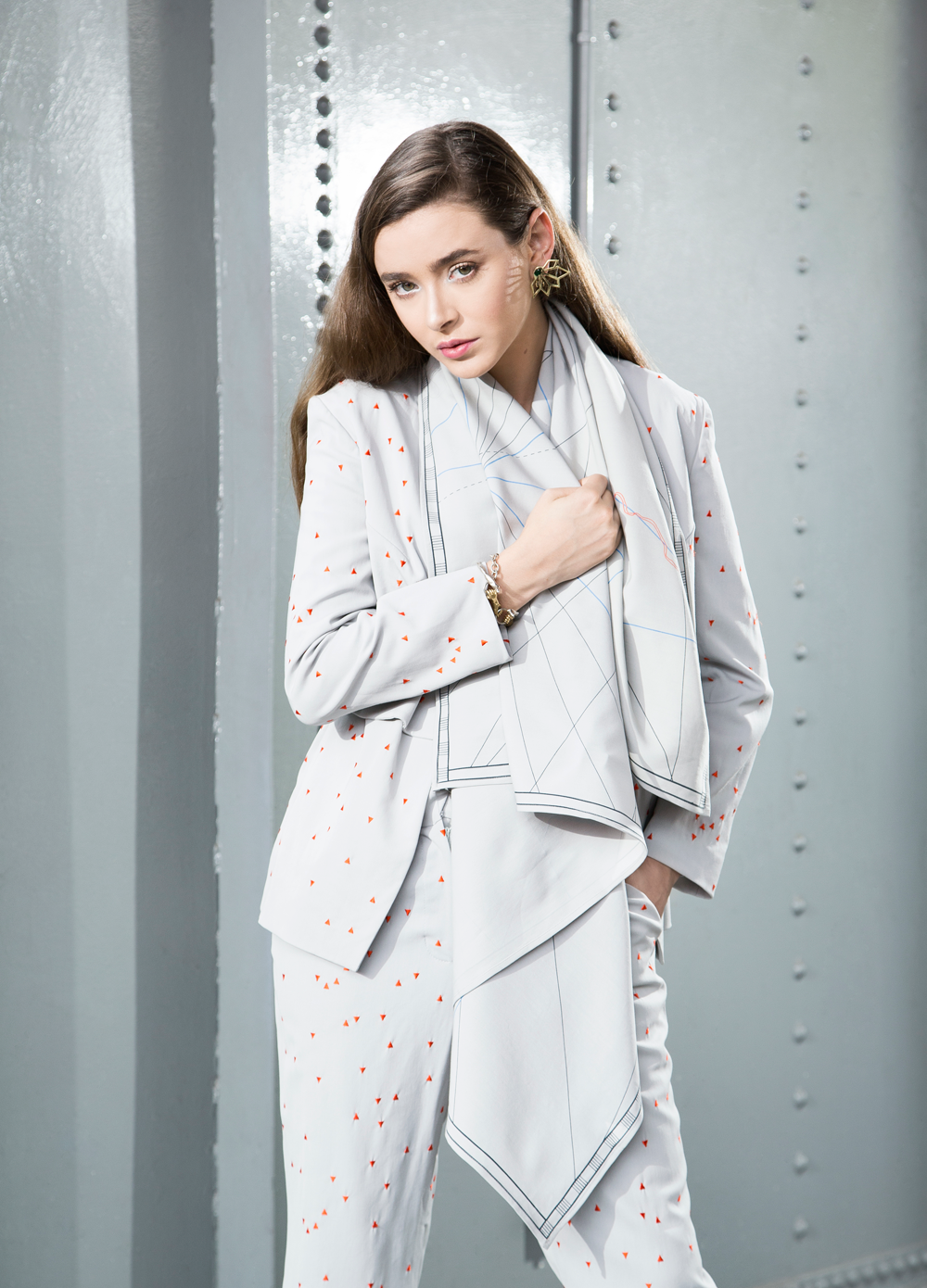
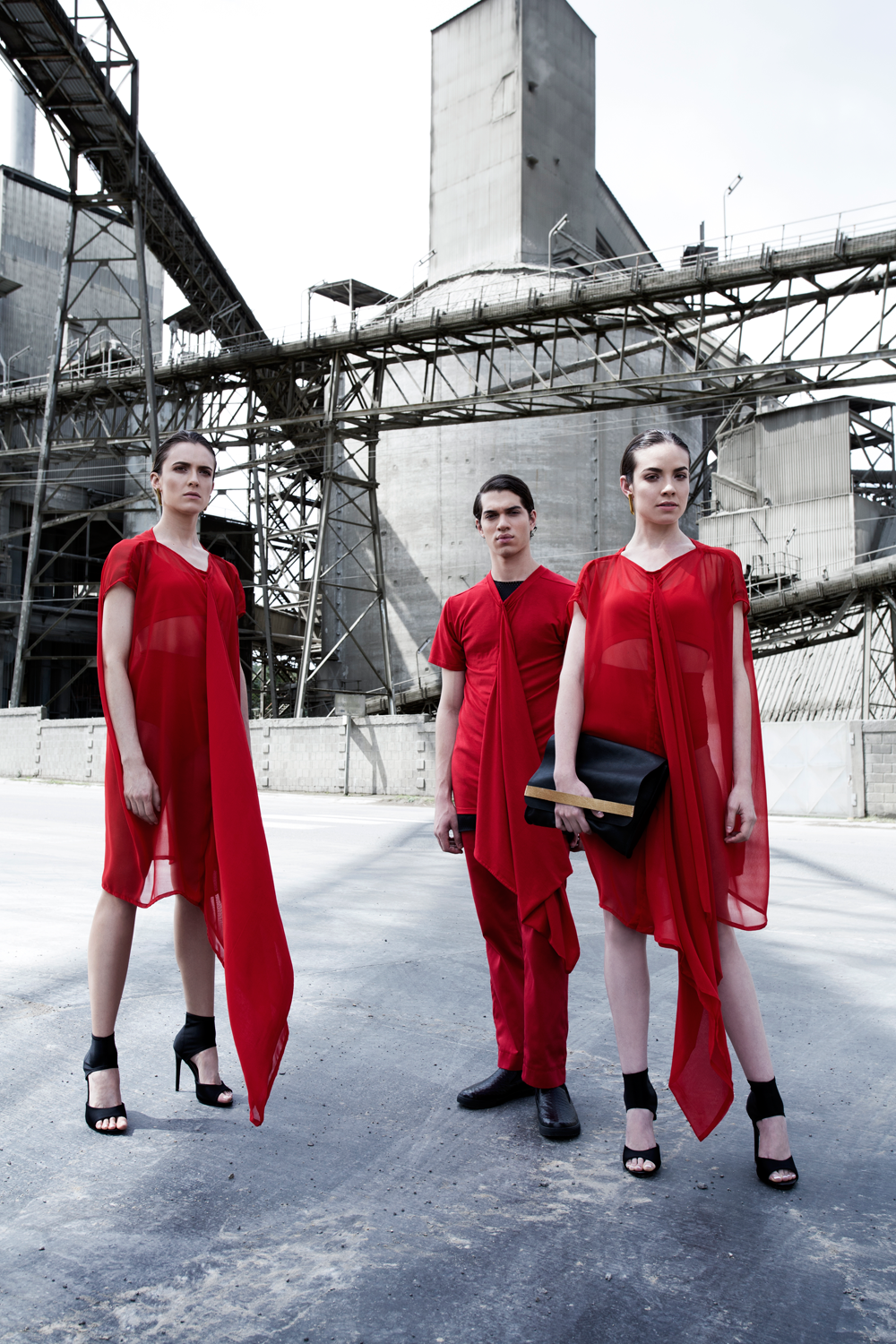
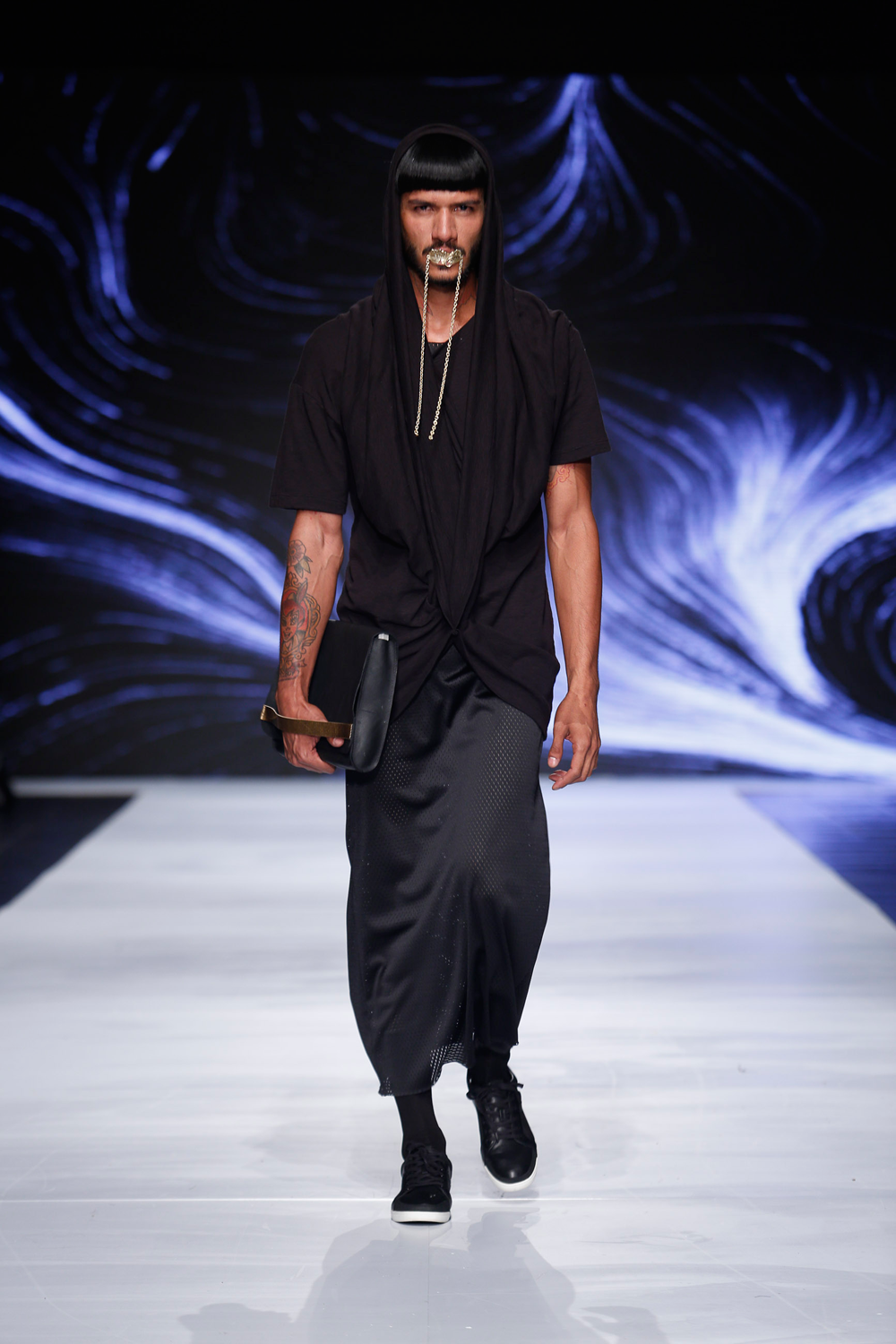
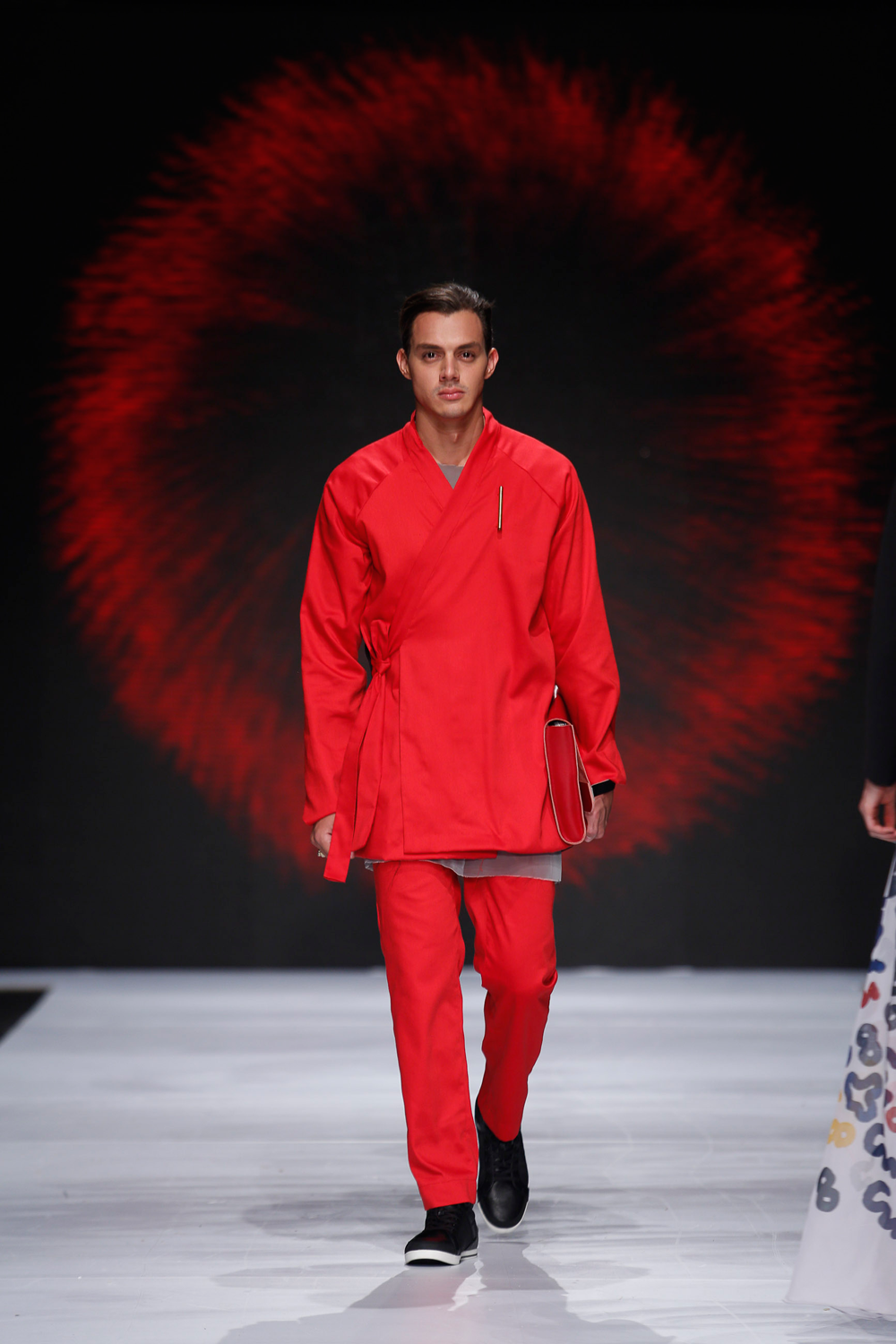
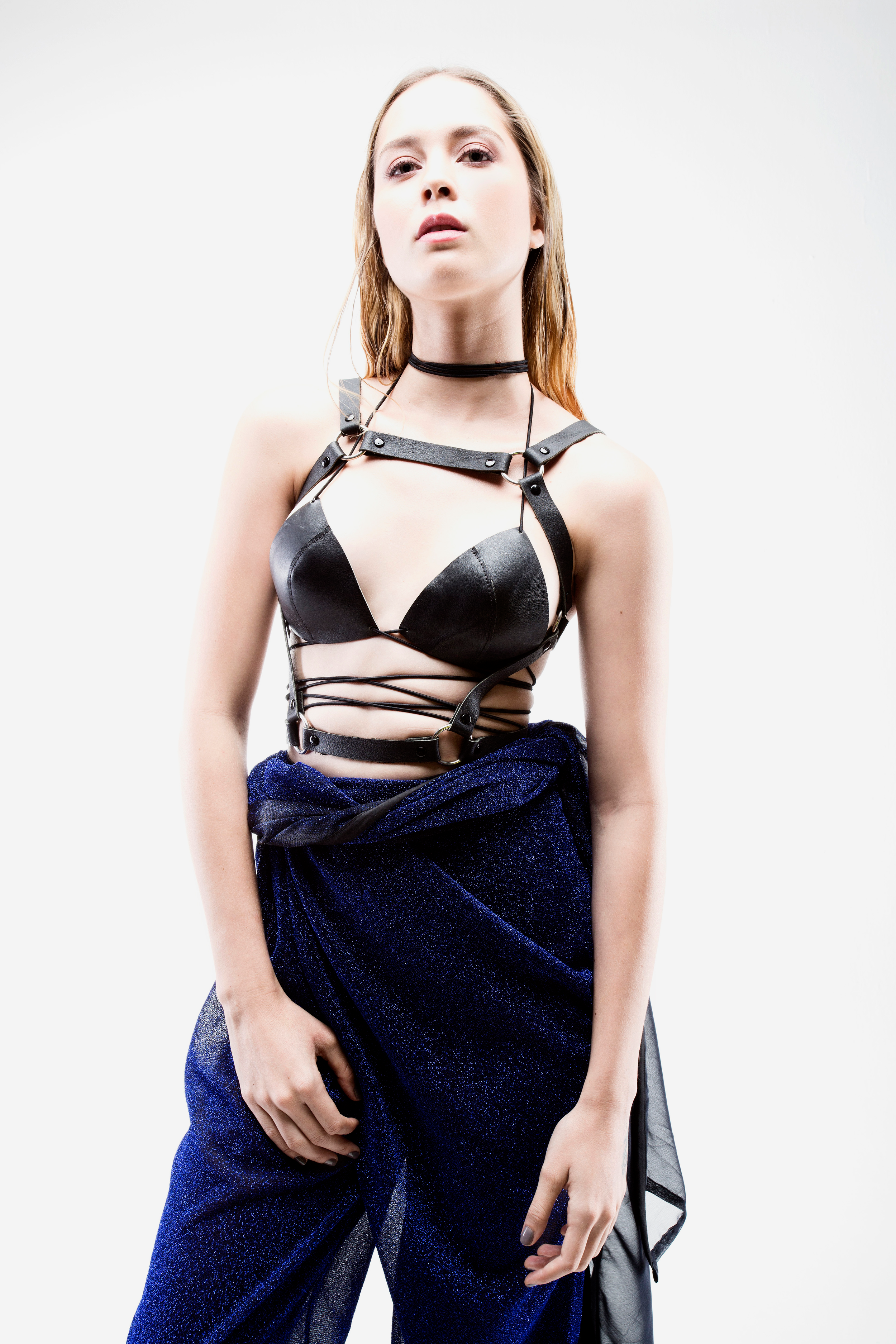
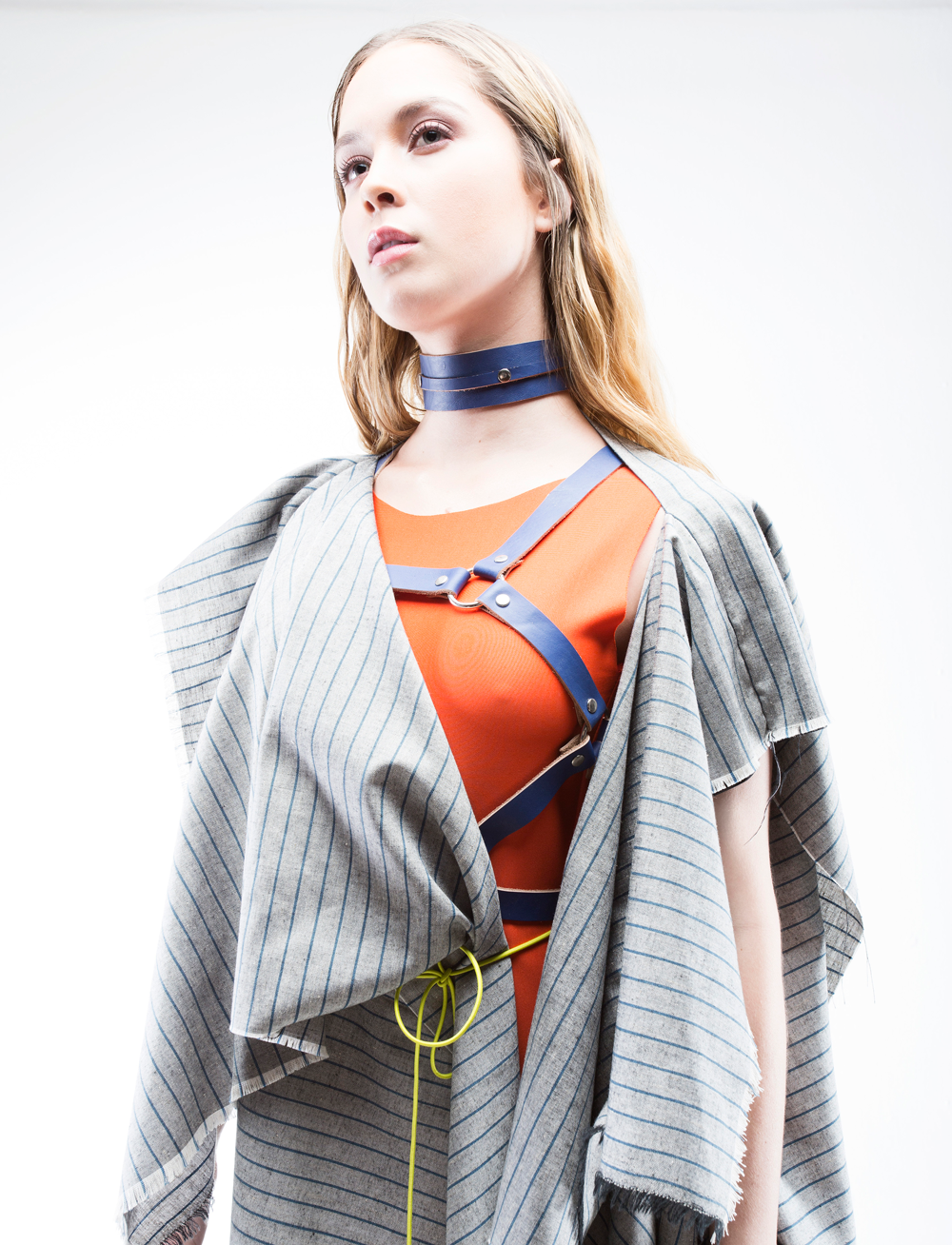
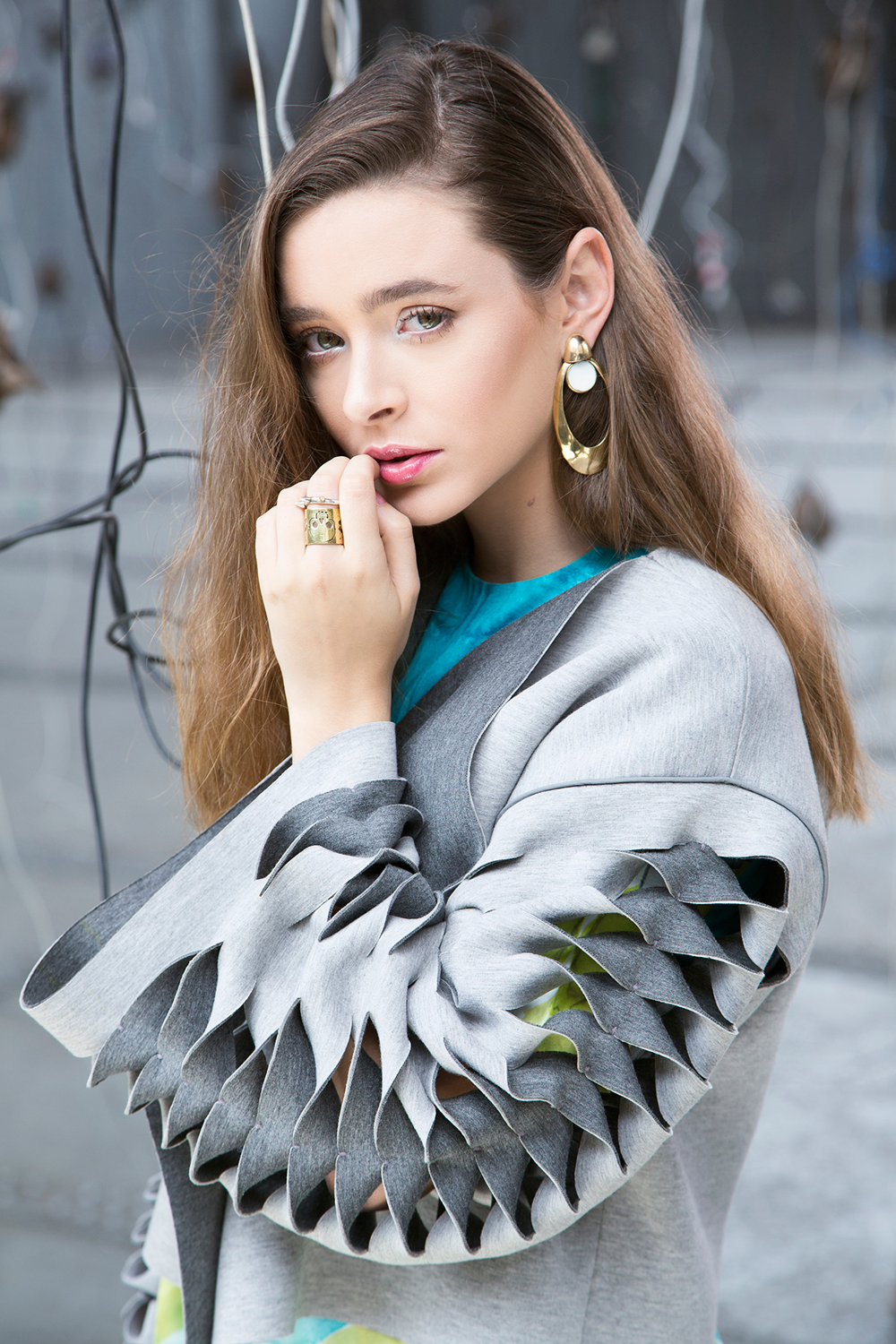
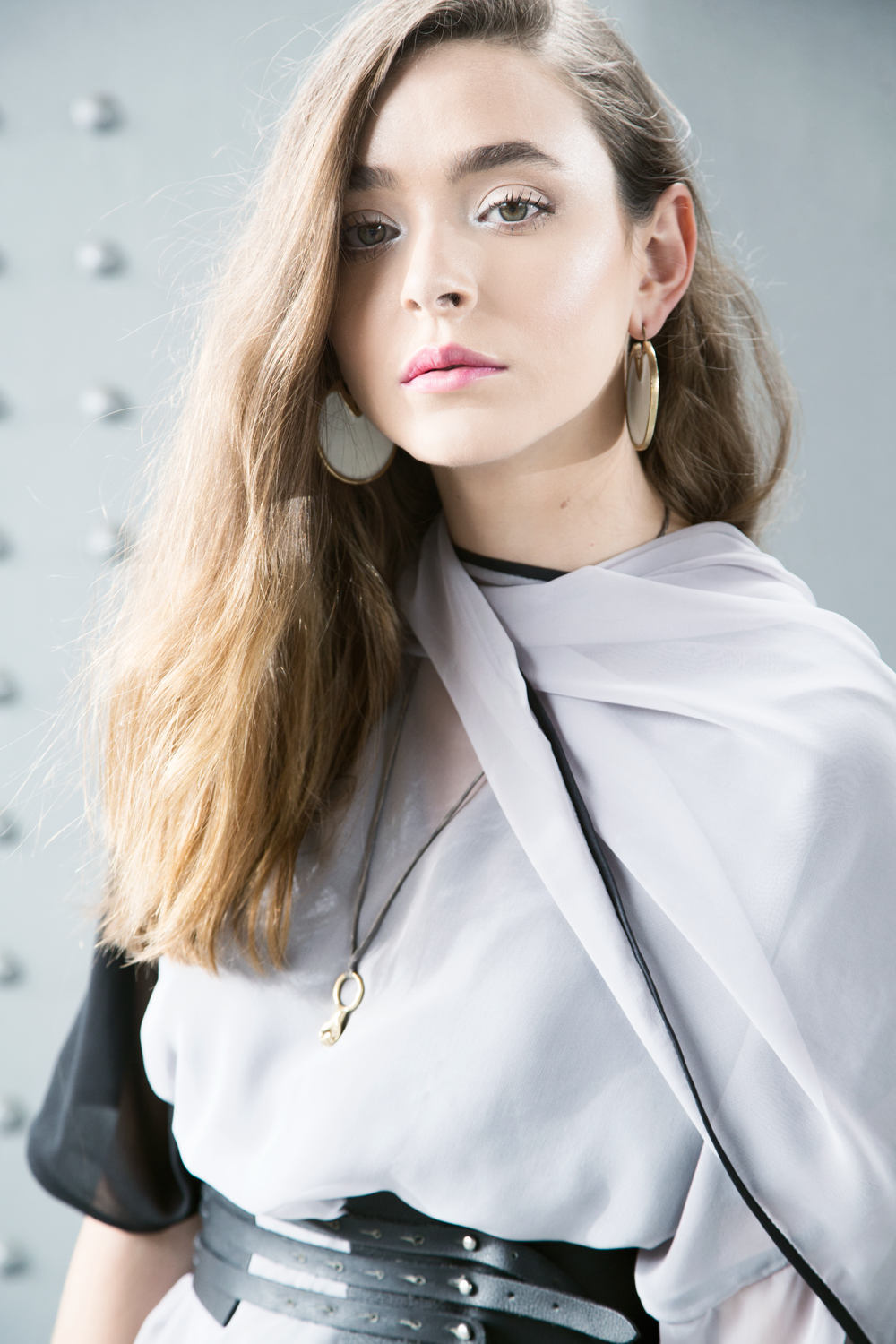
Who are your most admired ethical designers, thinkers and game changers now?
Objects Without Meaning, Slow and Steady Wins the Race, Study, Kowtow, Another Frame, Still Garments, Carla Fernández. I admire Otto von Busch, Hacking Couture's Giana Gonzalez, Timo Risannen, Holly McQuillan, Martin Margiela, Miyake, Yamamoto, Kawakubo and Rick Owens.
How has your graphic designer's vision complemented your set of skills as a designer?
It certainly has become useful. Back in art school I took every course I possibly could and, as a piece of advice for the readers, I must say that everything is useful at one point or another, even if just for the sake of experimenting. I still do all the graphic design for Obra Gris myself!
How could we possibly slow down the irreversible system that’s pressurising top designers to produce, produce and keep producing more collections?
I think the range of choice is exhausting. You look at fashion week photos and everything blends into this wide array of choice, which is redundantly overwhelming. Working from my end, out of a 5-person studio in San José, Costa Rica, we are offering something that didn’t exist here before: the chance to go to an atelier and have something bespoke made, which offers our customers the possibility to adapt our pieces to their wants and needs. I don’t know if my practice will change that said system, but I’m not looking to belong to it necessarily…having a small-scale operation allows for that to happen.
“Working from my end, out of a 5-person studio in San José, Costa Rica, we are offering something that didn’t exist here before: the chance to go to an atelier and have something made bespoke and offer our customers the possibility to adapt our pieces to their wants and needs.”
Can stress reduce creativity? What are your personal links to slow lifestyle?
Sometimes stress sets a speed for working, and that speed fuels decision-making amongst other things. Stress is not always bad, as long as you get the rest you need to compensate. I prefer to work with a steady pace and rest in a balanced way. I enjoy driving as little as possible, long walks and cooking. My sisters and niece live close by and I like hanging out with them at the end of the day. I wake up very early and start working around 8 in the morning, so I’m more of a daylight person. Also gardening keeps me grounded. I have a green thumb!
“Sometimes stress sets a speed for working, and that speed fuels decision-making amongst other things.”
In reality, who is the end customer your designs are aimed at?
It’s bizarre that many of our customers are architects. Funnily enough, the name Obra Gris is the Spanish term for a construction site but it’s also very poetic: obra means work and gris means grey. We are trying to offer things for all shapes and sizes. It’s such a cliché for Latin [American] women to dress in tight and short clothes. Some may think our pieces are conceptual, but actually anyone can wear them. They’re easy and relaxed, but you have to be willing to have fun with them, otherwise you won’t get as much benefit out of them. I really like it when our customers bring a friend along and they start playing dress-up — trying things on and challenging each other to step into a different character that brings a different charisma.
What are your future goals with the OG brand?
This year we are involved in a few art projects in Costa Rica, a few exciting collaborations are also in progress. There’s also a new collection coming up and we are doing a trade show in New York in the fall to find retailers abroad. We are looking to expand to international retail markets. We want to grow in terms of production and make this a profitable business than can employ more creative and gifted hands, and thus enable opportunities for everyone in our supply chain. Fashion can be done in the right way!
For more, visit —